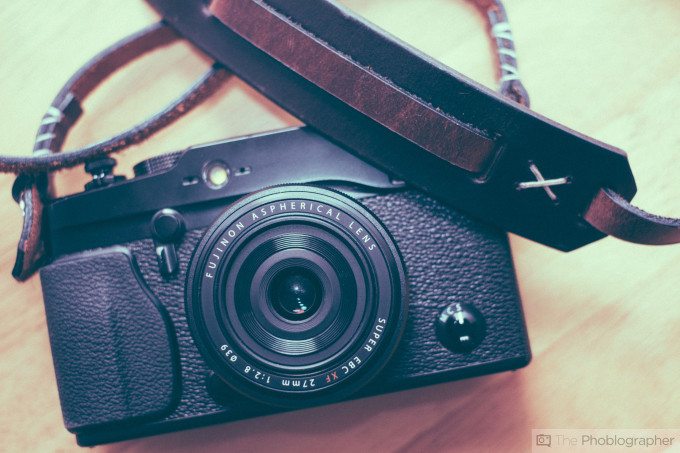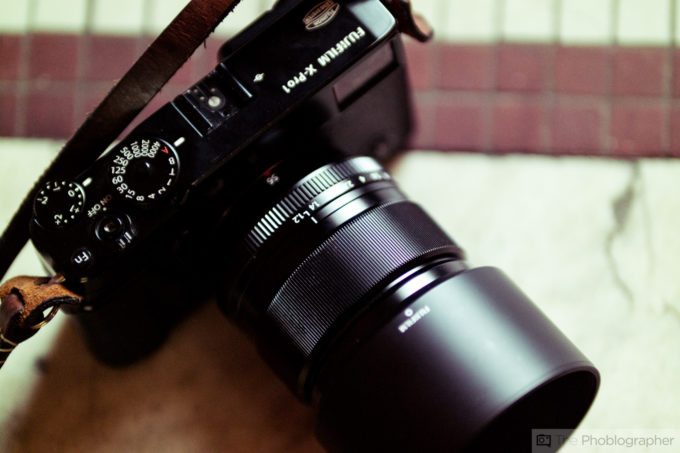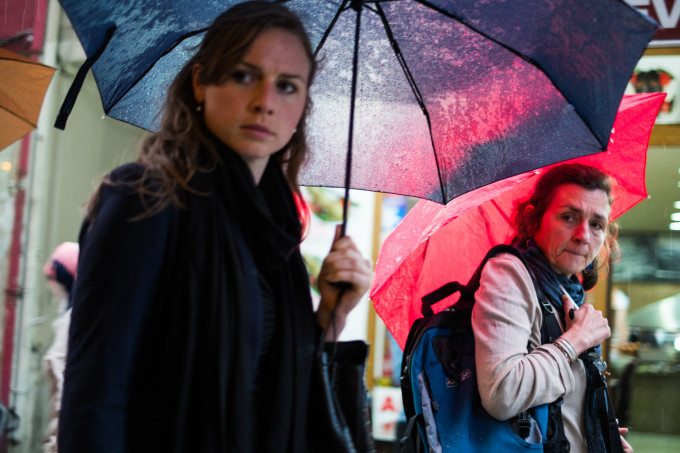Last Updated on 06/24/2014 by Julius Motal

With a few weeks to go before the end of May, when I was due to fly out to Istanbul for a summer internship, I found that I was in the market for a new camera. I’ve been a Sony shooter for the past four years, and since I would be photographing quite a lot for the internship, I wanted to have another camera. If my a580 bit the dust, it would be far too expensive to replace it here in Istanbul, and I couldn’t take that chance. I was caught between an a99 and any of Fujifilm’s offerings. I ultimately went with the X-Pro1.
Here’s why.
The Design

An understated black metal body with true manual controls and no front-facing external branding make it an ideal choice for a street shooter looking to remain elusive. Most folks think I’m carrying an old film camera and think nothing of it. Others have mistaken it for some sort of Leica, despite the glaring lack of the red circle.
Thanks to my role here on The Phoblographer, I’ve had the chance to review the X-A1, X-E2, X-T1, 18-55mm f2.8-4, 10-24mm f4 and 55-200mm f3.5-4.8. Fujifilm’s attention to detail and intuitive design through the externalization of controls has been consistent throughout the X-Trans cameras I’ve used. The liberation of shutter speed and aperture control from buttons and wheels to a dedicated aperture ring and shutter speed dial makes it feel the way a camera should, the way cameras used to feel.
Before this recent spell of reviewing Fuji’s cameras, I had a bit of time with the X-Pro1, but I was strictly a DSLR shooter with very little patience for mirrorless cameras. Yet, my gradual introduction to Fuji’s X-series chipped away at my misgivings about the mirrorless world, and I set my sights towards Fujifilm as my departure date approached.
The Colors
Across the X-system, color was a constant. Having spent decades developing photographic films, Fujifilm truly understands color, perhaps more so than any other camera company, and with a city as chromatic as Istanbul, good color is a must. Skin tones are true to life, as is every other hue, which helps to keep my work in post to a minimum. Fujifilm’s color reproduction is some of the best in the industry, and in an incredibly dynamic environment, whether it’s New York City, Istanbul, or any other major city, I know that I’ll have a tool capable of consistent performance.
The Lightness

It’s certainly no Pentax Q7, but the X-Pro1 is a lighter camera than many, which makes longer days easier on my neck. With just a 35mm f1.4, 27mm f2.8 and an SLR Magic 23mm f1.7, it means that I can keep a lower profile with a much smaller bag. On Istanbul’s crowded streets, trains, trams and buses, I can move in and out with ease and make some images along the way.
The Attention to Detail

I weighed the merits of the X-Pro1 against other X-cameras, mainly the X-E2 and the X-T1, Fuji’s weather-sealed titan, and the consensus I came across in online fora is that the X-Pro1 as it exists today is not the X-Pro1 of two years ago. This is due completely to the steady stream of firmware updates that build on each other and address concerns that have arisen. Had the X-Pro1, an impressive camera with understandable issues, remained stagnant since its inception, it would not be talked about as frequently as it is, nor would it be held in such high regard. Of course, who’s to say, but it’s the continued attention to detail that makes it an attractive option two years down the line. In the age of exponential technological growth, that’s a long period of time.
A Need for Change and Permanence

One of the tragedies of being a reviewer is that you have to send the equipment back. There’ve been cameras that I’ve absolutely loved, and having to pack them up for shipping was a bit of a letdown. Of course, this could all sound a bit silly. A guy who gets to work with new cameras on a semi-regular basis rues the days when he has to send them back. It’s the impermanence that stings, and now that I’ve had experience with impermanence, I wanted to find something lasting. And I wanted to find something new. Buying an X-Pro1 checked off both of those boxes on the list, and while I was familiar with most of the X-system, the X-Pro1 was uncharted territory.
Now I haven’t sold any of my Sony equipment. My a580 still performs very well with all of my old Minolta glass, and I’m not saying I won’t go full-frame eventually. If I do, it will most likely be Sony, but for my needs right now, the X-Pro1 is it. Right now, there isn’t a camera in Sony’s system that has the feel of an X-series camera. And, Fujifilm’s the next best thing in terms of design, which was written about quite hilariously and accurately in Zack Arias’ review of the X100s. The X100s obviously is not the X-Pro1, but the attitude is the same. For Zack, the X100s is the best camera he’s ever owned. For me, the X-Pro1 is the best camera I’ve ever owned.


